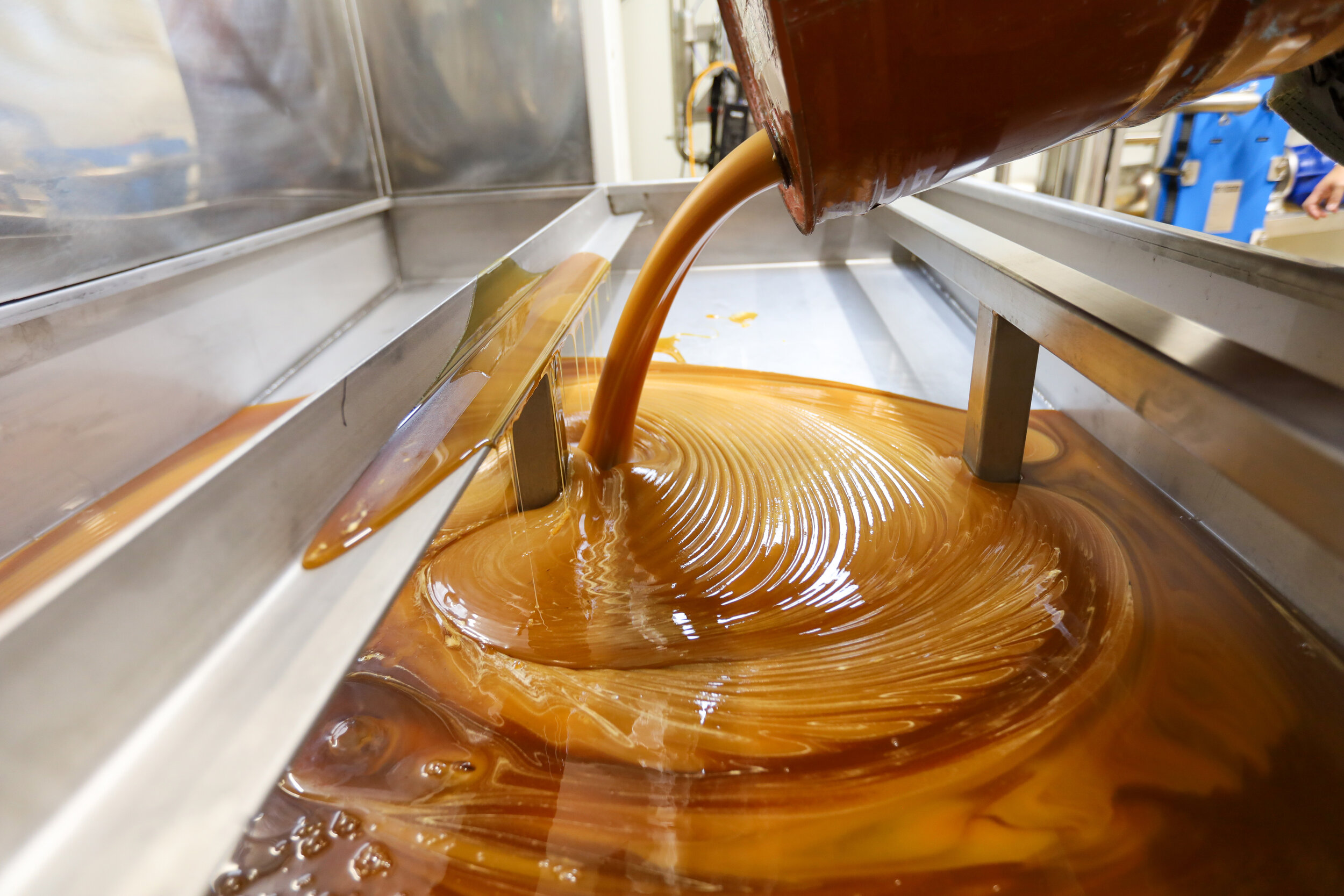
Frequently asked questions.
FAQs
-
Manuka Honey’s uniqueness is a natural consequence of the fact that New Zealand has been isolated from the rest of the world for 80 million years and its nearest neighbour is 2000 kilometres away. The plants have developed defence systems to survive in isolation. Central to the plant’s defence system is the production of bioactive substances to protect against disease. The combination of New Zealand’s natural substances and the scientific expertise of Cosana researchers is the spirit with which we develop our products.
-
MGO stands for methylglyoxal, the naturally occurring compound that makes Manuka honey so special.
MGO is formed in the honey from Manuka nectar. As the honey ripens, the MGO content can increase. This requires expert knowledge and careful storage, along with precise testing to ensure the potency, quality and purity of the honey.
Not all Manuka honey is created equal and MGO levels can vary greatly. Every jar of our Manuka honey is tested and certified for natural MGO content. The MGO number tells you the level of MGO in your jar of Manuka honey, which is directly related to its potency – simple.
-
Both MGO and UMF are trusted Manuka honey grading systems, and both measure MGO content.
Members of the UMF association pay for the privilege of adding the UMF trade marked certification to their honey labels.
The MGO rating added to the finished product label tells you how much MGO is in the jar (an indicator of its potency and power) and a UMF mark is an independent endorsement of New Zealand origin, quality and grade.


